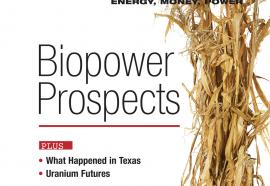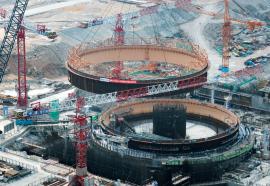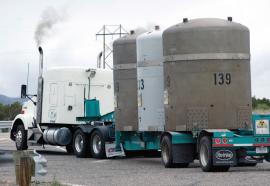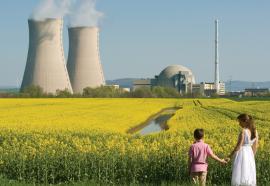Too Much Reliability
NERC confronts a case backlog now numbering in the thousands.
The case backlog of unprocessed electric reliability violations is growing out of control, threatening to “swamp” the industry — a sign, perhaps, that when Congress and FERC modernized the electric reliability regime to serve a more market-based industry structure, and for the first time gave enforcement authority to North American Reliability Corp. (NERC) as the nation’s official electric reliability czar, no one gave much thought, apparently, as to whether NERC’s very idea of what constitutes reliability might have needed modernizing as well.









